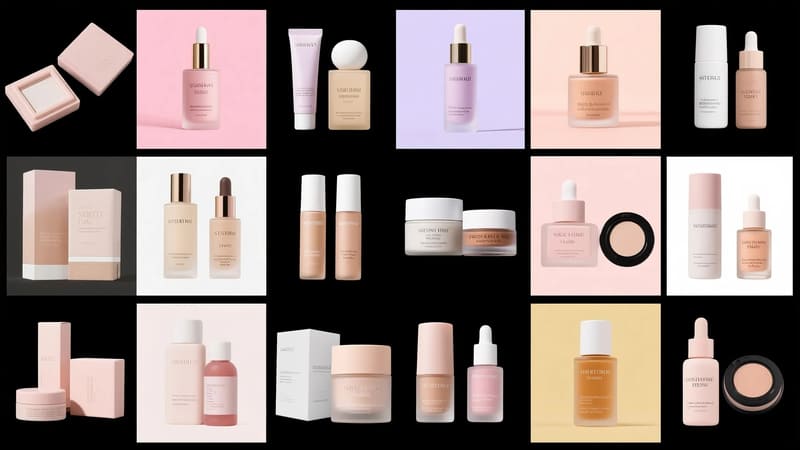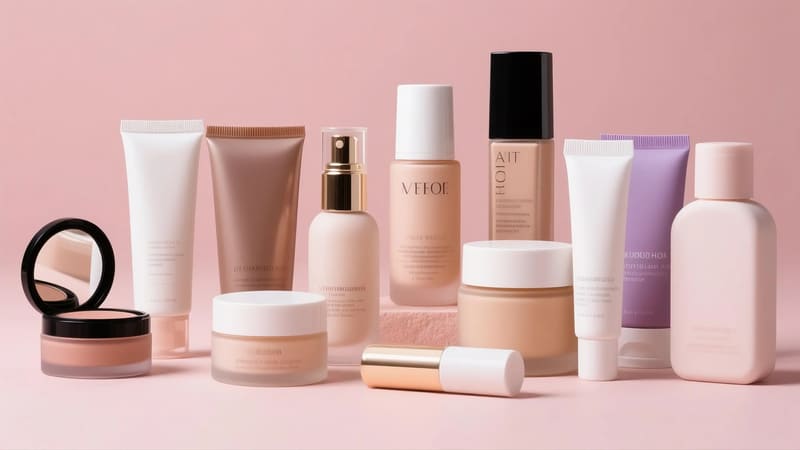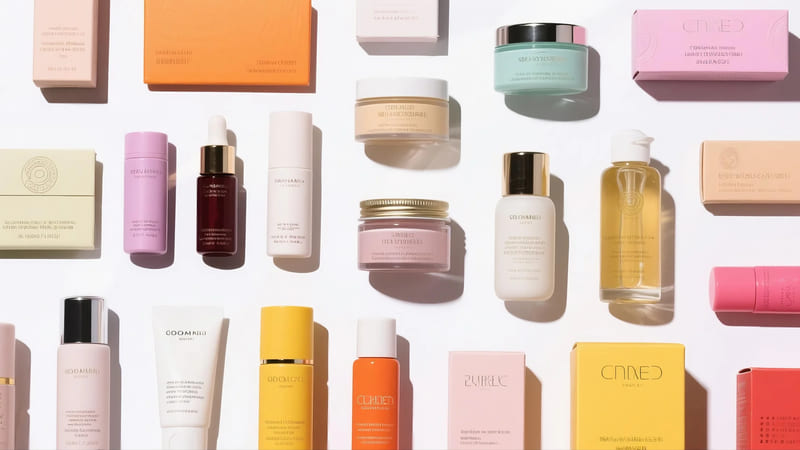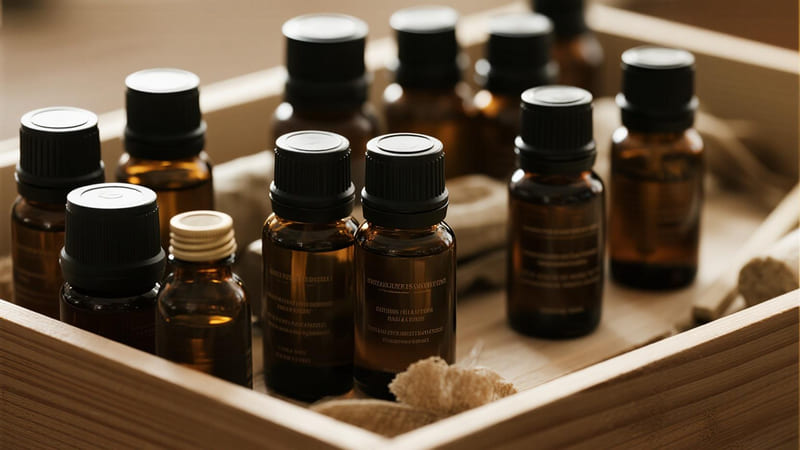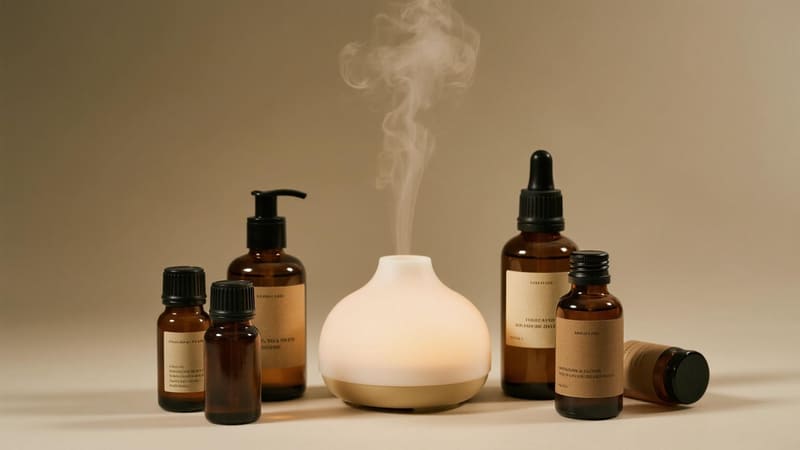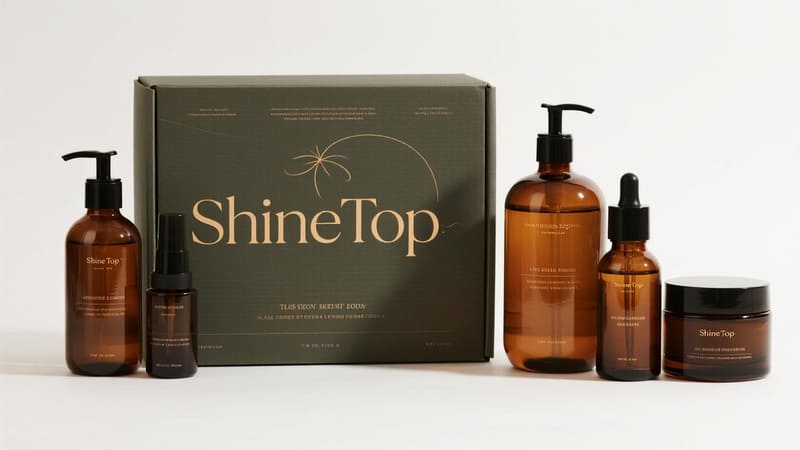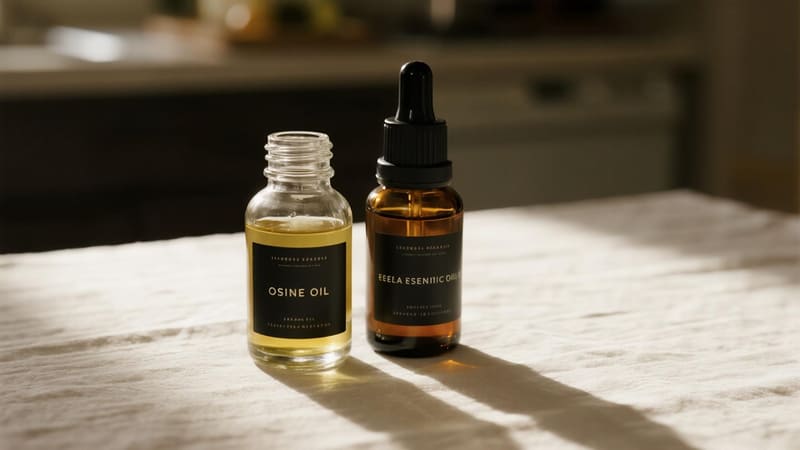Cosmetic packaging design is a unique art form, a delicate dance between functionality, aesthetics, and brand storytelling. It’s what makes a product leap off the shelf and whisper promises of beauty and transformation.
Key characteristics of cosmetic packaging design include a strong emphasis on visual appeal and aesthetics, clear brand identity communication, functional considerations for product protection and dispensing, informative labeling that meets regulatory standards, and an overall design that resonates with the target consumer, often reflecting current fashion and beauty trends.
In the image-conscious world of beauty, packaging design is not just a container; it’s an experience, a statement, and a crucial marketing tool. With over 20 years at ShineTop, helping brands craft packaging that embodies these characteristics, I’ve seen how powerful effective design can be. Let’s explore these defining traits.
What are the Characteristics of Packaging?
Before focusing specifically on cosmetics, it’s useful to understand the general characteristics that define any good packaging, as these form the foundation upon which cosmetic-specific traits are built.
General characteristics of packaging include protection (safeguarding contents), containment (holding the product), convenience (ease of use, handling, storage), communication (providing information, branding), and often, cost-effectiveness and sustainability.
These universal characteristics ensure that packaging fulfills its most basic and essential roles across all industries.
Fundamental Packaging Characteristics:
-
Protection:
- Shielding the product from physical damage (impact, vibration, compression) during transit, storage, and handling.
- Providing a barrier against environmental factors like moisture, light, oxygen, dust, and contaminants that could degrade or spoil the product.
-
Containment:
- Securely holding the product in a defined unit, preventing leakage, spillage, or loss. Essential for liquids, powders, gels, and multi-component products.
-
Convenience (Utility):
- Ease of opening, closing, dispensing, and resealing.
- Portability and ease of handling for both consumers and retailers.
- Efficient storage and stacking.
-
Communication (Information & Branding):
- Identifying the product and brand.
- Providing essential information: ingredients, usage instructions, net weight, warnings, manufacturer details, barcodes.
- Conveying brand messaging and personality through design elements.
-
Cost-Effectiveness:
- Balancing performance and aesthetics with budgetary constraints.
-
Sustainability (Increasingly Core):
- Consideration of environmental impact: material sourcing, recyclability, recycled content, biodegradability, overall footprint.
Cosmetic packaging design takes these fundamental characteristics and elevates them, particularly in the realms of communication (branding/aesthetics) and often, perceived convenience and luxury.
What are the Characteristics of Cosmetics?
Understanding the nature of cosmetic products themselves is crucial because their characteristics directly influence the requirements and design of their packaging.
Characteristics of cosmetics include their primary functions (to cleanse, beautify, alter appearance, promote attractiveness, protect skin/hair), their diverse physical forms (liquids, creams, powders, solids, gels, sprays), their often complex and sometimes sensitive chemical formulations, their direct application to the body, and their strong link to personal identity, trends, and aspiration.
Cosmetics are unique products, and their packaging must reflect and accommodate these unique traits.
Defining Traits of Cosmetic Products:
- Purpose-Driven: Designed for specific effects like cleansing, moisturizing, coloring, styling, or scenting.
- Diverse Formulations & Textures: Range from thin liquids (toners, perfumes) to viscous creams and lotions, solid sticks (lipsticks, deodorants), loose or pressed powders, gels, mousses, and aerosols.
- Ingredient Sensitivity: Many cosmetics contain active ingredients, natural extracts, vitamins, or delicate fragrance compounds that can be sensitive to light, air (oxidation), or temperature, requiring protective packaging.
- Direct Body Application: Applied directly to skin, hair, nails, or mucous membranes, necessitating safety, hygiene, and non-reactivity from primary packaging materials.
- Aesthetic & Sensory Appeal: The look, feel, and sometimes scent of the product itself are key attributes.
- Brand & Trend Influence: Highly influenced by fashion, beauty trends, celebrity endorsements, and social media. Brand identity is paramount.
- Aspirational & Emotional Connection: Often purchased not just for functional benefits but also for the way they make the user feel – confident, beautiful, pampered, or trendy.
- Personal & Ritualistic Use: Skincare and makeup routines are often personal rituals, and the packaging can enhance this experience.
Cosmetic packaging design must therefore be highly attuned to these product characteristics, ensuring compatibility, protection, appropriate dispensing, and an aesthetic that aligns with the product’s purpose and the consumer’s desires.
What are the Important 4 Considerations in Packaging Design?
While many factors play a role, a few core considerations are universally critical when embarking on any packaging design project, especially for consumer goods like cosmetics.
Four important considerations in packaging design are: 1. The Product Itself (its nature, needs, and vulnerabilities), 2. The Target Audience (their preferences, values, and expectations), 3. Brand Identity (ensuring the design reflects and reinforces the brand), and 4. Budget & Practicalities (manufacturing constraints, cost-effectiveness, and logistics).
These four pillars provide a strategic framework for developing effective packaging.
The Core Four Design Considerations:
-
The Product Itself:
- Form & Formulation: Liquid, cream, powder, solid? Is it oily, water-based, volatile?
- Protection Needs: Does it require protection from light, air, moisture? Is it fragile? (e.g., a serum needing an airless pump or dark glass).
- Dispensing Method: How will the user best access and apply the product? (e.g., pump, spray, dropper, tube, jar).
- Volume/Size: How much product is being packaged?
-
The Target Audience:
- Demographics: Age, gender, income level, location.
- Psychographics: Lifestyle, values (e.g., sustainability, luxury, convenience), aspirations, beauty ideals.
- Needs & Expectations: What are they looking for in this type of product and its packaging? What will appeal to them visually and functionally?
- Example: Packaging for a Gen Z makeup brand will likely differ significantly from that for a luxury anti-aging line targeting mature consumers.
-
Brand Identity & Messaging:
- Brand Personality: Is your brand playful, sophisticated, minimalist, natural, clinical, bold? The packaging must embody this.
- Brand Values: Does your brand emphasize sustainability, innovation, heritage, or scientific efficacy?
- Visual Identity: Consistent use of logos, color palettes, typography, and imagery.
- Competitive Positioning: How does the packaging differentiate your brand from competitors?
-
Budget & Practicalities (Production & Logistics):
- Cost: What is your budget per unit for packaging? This will influence material choices, structural complexity, and finishes.
- Manufacturing Capabilities: What can your chosen supplier realistically produce? Are there limitations on shapes, materials, or printing techniques? (At ShineTop, we offer a wide range, but this is always a discussion point).
- MOQs (Minimum Order Quantities): Especially for custom packaging.
- Lead Times: For design, prototyping, and production.
- Shipping & Storage: Will the packaging withstand transit? Is it efficient to store and ship?
- Regulatory Compliance: Ensuring all labeling and safety requirements are met.
Considering these four areas holistically ensures that the final packaging design is not only attractive but also functional, brand-aligned, and feasible. Anna, a cosmetics client of ours in Thailand, always balances her desire for beautiful, natural-looking packaging with the practicalities of cost and the need to protect her botanical formulations.
What are the Different Types of Cosmetic Packaging?
The cosmetic industry utilizes a vast and innovative range of packaging types to accommodate the diverse forms and functions of its products. These types are often categorized by their structure and primary material.
Different types of cosmetic packaging include primary containers like bottles (glass, plastic with pumps/sprayers/droppers), jars (glass, plastic), tubes (plastic, laminate, aluminum), airless systems, compacts, lipstick/lip gloss applicators, and mascara wands. Secondary packaging mainly consists of paperboard folding cartons or rigid boxes.
This diversity allows brands to choose packaging that best suits their product’s formulation, application method, and desired aesthetic.
Common Categories of Cosmetic Packaging Types:
- Bottles:
- Materials: Glass, PET, HDPE, PP, PCR options.
- Uses: Liquids (serums, toners, cleansers, foundations, lotions, fragrances).
- Features: Often paired with pumps, sprayers, droppers, or various cap types.
- Jars:
- Materials: Glass, PP, PET, SAN, Acrylic (PMMA), PCR options.
- Uses: Creams, balms, masks, scrubs, loose powders.
- Features: Wide mouth, screw-on lids.
- Tubes:
- Materials: PE, PP, Laminate (ABL/PBL), Aluminum, Bio-PE, PCR options.
- Uses: Creams, lotions, gels, cleansers, sunscreens, lip gloss.
- Features: Squeezable, various orifice/applicator tips.
- Airless Packaging (Bottles & Jars):
- Mechanism: Piston or collapsing bag system.
- Uses: Sensitive formulations (serums, foundations, premium creams).
- Benefits: Protects from oxidation/contamination, precise dosing.
- Compacts:
- Materials: Plastics (ABS, PS, PP), metal.
- Uses: Pressed powders, eyeshadows, blushes.
- Features: Often include mirror, applicator well.
- Lipstick & Lip Gloss Components:
- Lipstick Cases: Plastic, aluminum mechanisms.
- Lip Gloss Vials/Tubes: Plastic/glass with wand applicators.
- Mascara Components:
- Vial and specialized brush/wand.
- Specialized Applicators: Droppers, rollerballs, spatulas, brushes integrated into packaging.
- Secondary Packaging (Boxes):
- Folding Cartons: Paperboard (SBS, CUK, recycled). Most common.
- Rigid (Set-Up) Boxes: Premium, non-collapsible, for luxury items/gift sets. (A ShineTop specialty for clients like Mohammed from Iraq).
The characteristics of cosmetic packaging design often involve a creative interplay between these different types, materials, and the desired finishes (matte, gloss, foil, embossing) to create a unique and compelling brand presentation.
Conclusion
The characteristics of cosmetic packaging design are deeply rooted in visual allure, brand storytelling, functional efficacy, and consumer psychology. It must protect sensitive formulations, communicate essential information clearly, embody the brand’s unique identity, and resonate emotionally with the target audience. By carefully considering the product, target consumer, brand ethos, and practical constraints, designers and brands can create packaging that is not only attractive and functional but also a powerful driver of desire and loyalty in the competitive beauty landscape.

